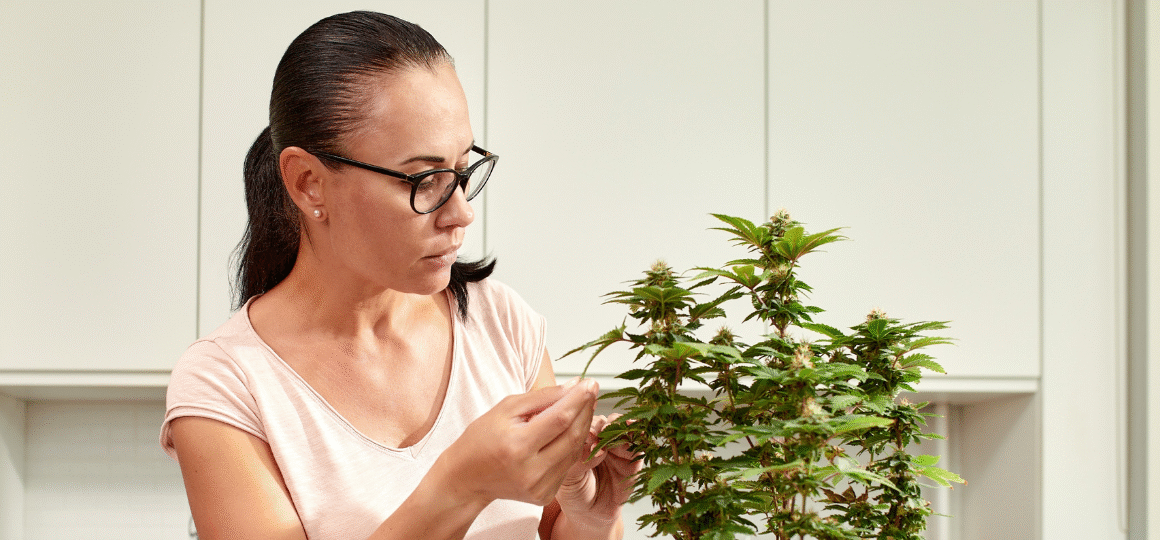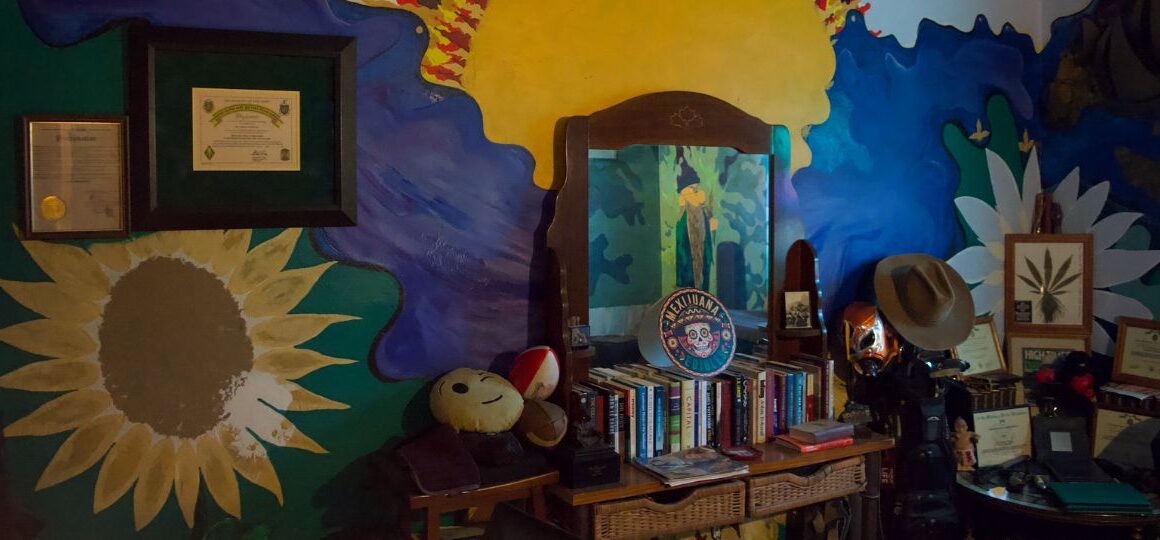By Mike Davis on behalf of the Veterans Action Council (VAC)
Across generations, U.S. military Veterans have stood on the front lines of both war and reform. From the battlefields abroad to the policy trenches at home, they’ve been instrumental in shaping the entire cannabis movement, transforming stigma into science and sacrifice into social change. This compilation preserves their legacy, ensuring that Veterans’ advocacy and service are recognized as part of the broader history of American political and cultural transformation.
Building Community and Equity
The Veteran voice has long been a cornerstone of social reform, calling attention not only to the therapeutic value of cannabis but also to the moral imperative of equity. Many Veterans who became activists understood firsthand the benefits of cannabis as a medicine, as well as the harm caused by prohibition, and fought to repair it by building compassionate access networks, creating Veteran-run organizations, and advocating for the expungement of criminal records that have unjustly burdened millions. Veterans were at the forefront of creating the cannabis movement itself.
Their work continues today in policies that prioritize social equity, community healing, and access to safe medicine. These Veterans remind us that the benefits of reform must be shared equitably, not monopolized. In doing so, they extend the ethos of service beyond the uniform, toward the health and dignity of all peoples.
Activist Leadership
Leadership within the cannabis reform movement has often come from those who already know the meaning of service and perseverance. Veteran advocates have founded clinics, organized conferences, lobbied legislatures, and testified in courts to push the conversation forward. Their collective courage has inspired a generation of patients, physicians, and policymakers. As of this publication, the VAC recognizes 122 such Veterans who have made significant contributions to this cannabis movement. The VAC is proud to work on this project with the Veterans Service Organization, Iraq and Afghanistan Veterans of America (IAVA), to place this work in the U. S. National Archives.
A few of these trailblazers include:
#20 Al Byrne, U.S. Navy (Massachusetts) A foundational medical-cannabis advocate who co-founded Patients Out of Time and Veterans for Medical Cannabis Access (VMCA), Byrne educated clinicians nationwide and helped normalize cannabis use within the VA system. His 2023 memoir, For Country and Cannabis, documents decades of advocacy that helped legitimize patient access and elevate veterans’ roles in medical reform.
#49 Jack Herer, U.S. Army (New York) A former military police officer whose 1985 book The Emperor Wears No Clothes became the bible of hemp activism. Herer’s tireless public education and grassroots organizing helped lay the groundwork for California’s Prop 215 and modern medical marijuana reform. His legacy lives on in the “Jack Herer” strain and the documentary Emperor of Hemp.
#53 Wanda L. James, U.S. Navy (Washington) Widely recognized as the first black woman to own a U.S. cannabis dispensary, James co-founded Simply Pure and has championed Veterans’ access, equity in licensing, and fair regulation. A former member of the Colorado Amendment 64 Task Force and University of Colorado regent, she continues to influence science-based, inclusive cannabis policy.
#58 Michael Krawitz, U.S. Air Force (New Jersey) As executive director of VMCA, Krawitz helped secure the VA’s 2010 national policy protecting medical-cannabis patients’ pain care. Internationally, he advised the WHO and U.N., contributing to the 2020 decision to remove cannabis from Schedule IV of the 1961 treaty. His advocacy connects U.S. Veterans’ rights to global drug-policy reform.
#62 Wade Laughter, U.S. Navy (North Carolina) A patient advocate and cultivator from Nevada County, CA, Laughter championed CBD-rich genetics through his House of Harlequin collective. His work preserving Harlequin and educating others about compassionate care made him a beloved figure among patients and growers alike, a “gentle pioneer” memorialized for his decades of service.
#66 Dr. Timothy Leary, U.S. Army (Massachusetts) The famed psychologist’s constitutional challenge, Leary v. United States (1969), struck down the Marihuana Tax Act and set the stage for modern drug-law reform. His case reshaped federal cannabis policy and underscored the link between personal liberty and the right to choose one’s medicine.
#73 Mary Lynn Mathre, U.S. Navy (Minnesota) A pioneering nurse who co-founded Patients Out of Time and the American Cannabis Nurses Association, Mathre has spent four decades training health professionals and legitimizing therapeutic cannabis through education, research, and advocacy.
#79 Dr. Tod Mikuriya, U.S. Army (Pennsylvania) Psychiatrist, researcher, and architect of modern medical-cannabis policy. A key figure behind California’s Prop 215, Mikuriya founded the Society of Cannabis Clinicians and documented thousands of patient outcomes, bridging the gap between science and law.
#90 Dennis Peron, U.S. Air Force (New York) The “father of medical cannabis,” Peron’s activism during the AIDS crisis led to San Francisco’s first public dispensary and the passage of California’s Prop 215. His partnership with Brownie Mary and his unflinching defense of patient rights transformed local compassion into national reform.
#114 Hunter S. Thompson, U.S. Air Force (Kentucky) The Gonzo journalist turned cultural icon leveraged his platform to promote cannabis law reform and normalization. From serving on NORML’s board to running for sheriff on a pro-legalization platform, Thompson’s fearless advocacy helped destigmatize the plant long before legalization became mainstream.
How to Nominate a Veteran
This living history grows through community contribution. If you know a Veteran whose work advanced cannabis reform, whether through policy, activism, science or patient care, you can help ensure their story is preserved.
To nominate a Veteran:
Send their name, branch of service, and era of service (if known), along with a brief note (2–4 sentences) describing their contribution to cannabis activism.
If available, include links to articles, interviews, or obituaries and the state of birth for the nominee.
Email your nomination to VeteransActionCouncil@gmail.com with the subject line: Nominate a Veteran.
Our goal is to make this record as complete and accurate as possible, honoring the diverse voices and stories that have shaped the Veteran cannabis movement. Thank you for helping us preserve and celebrate this vital history.
The complete list can be found here. United States Military Veterans at the Frontlines of Cannabis Reform.
This article is from an external, unpaid contributor. It does not represent High Times’ reporting and has not been edited for content or accuracy.





